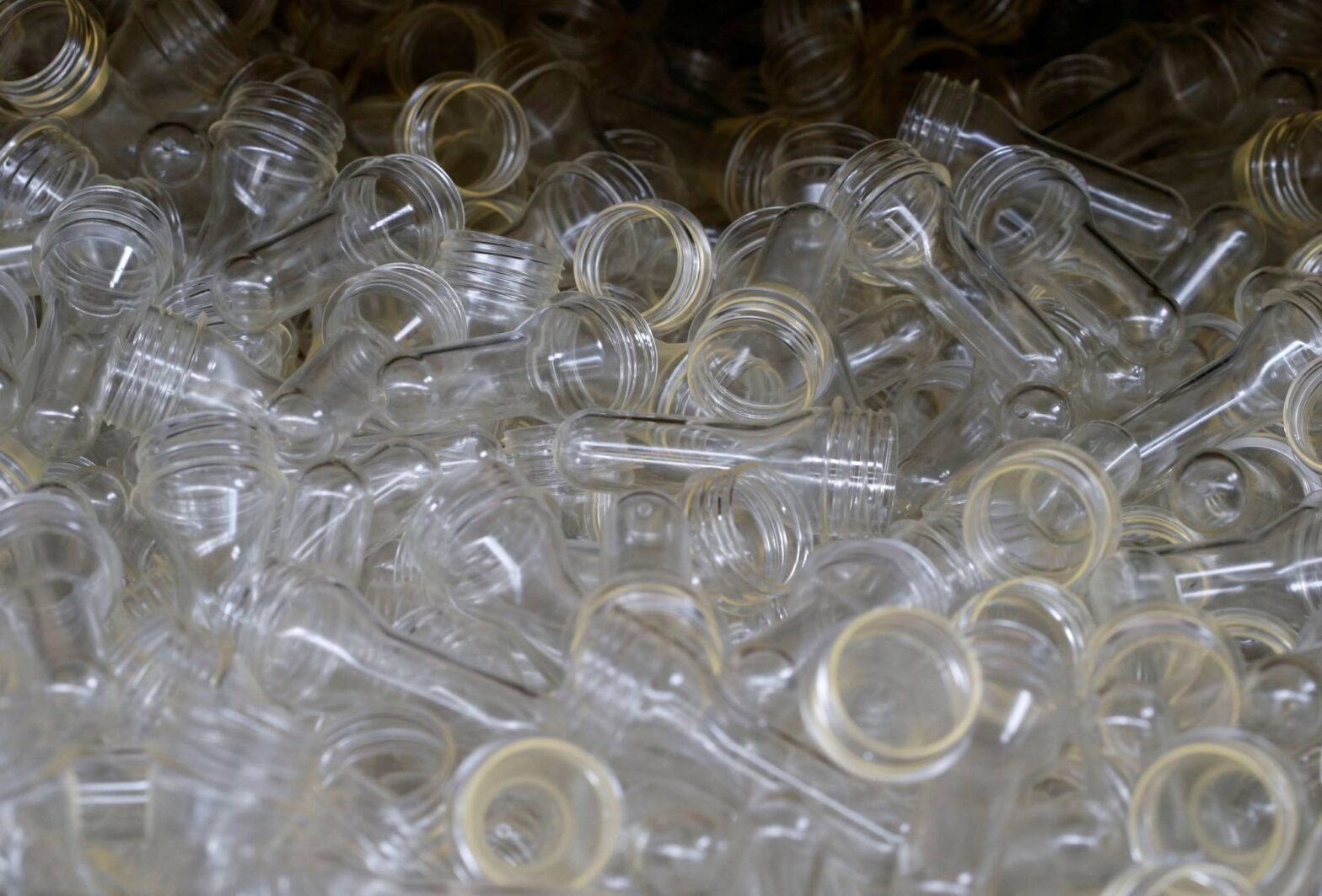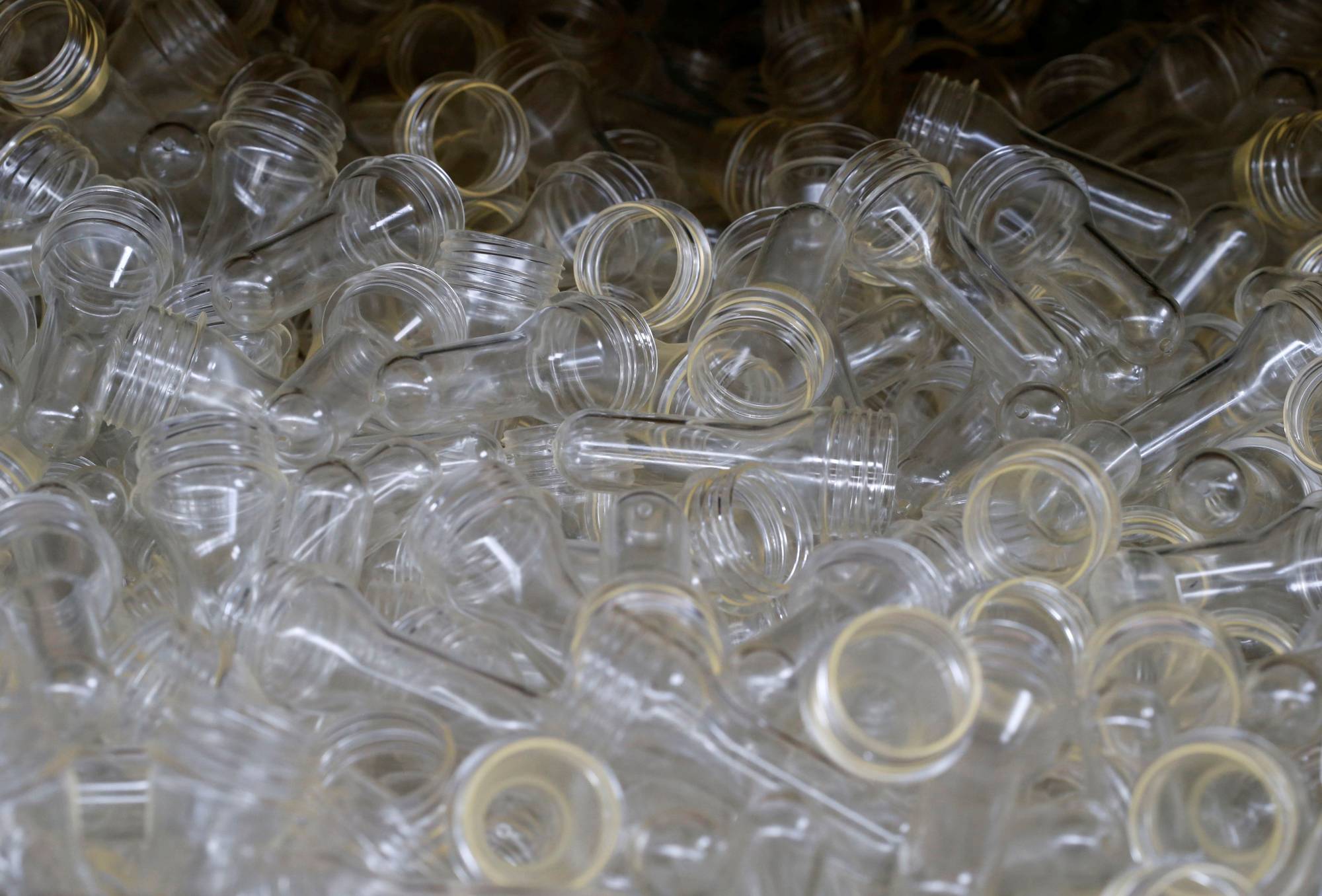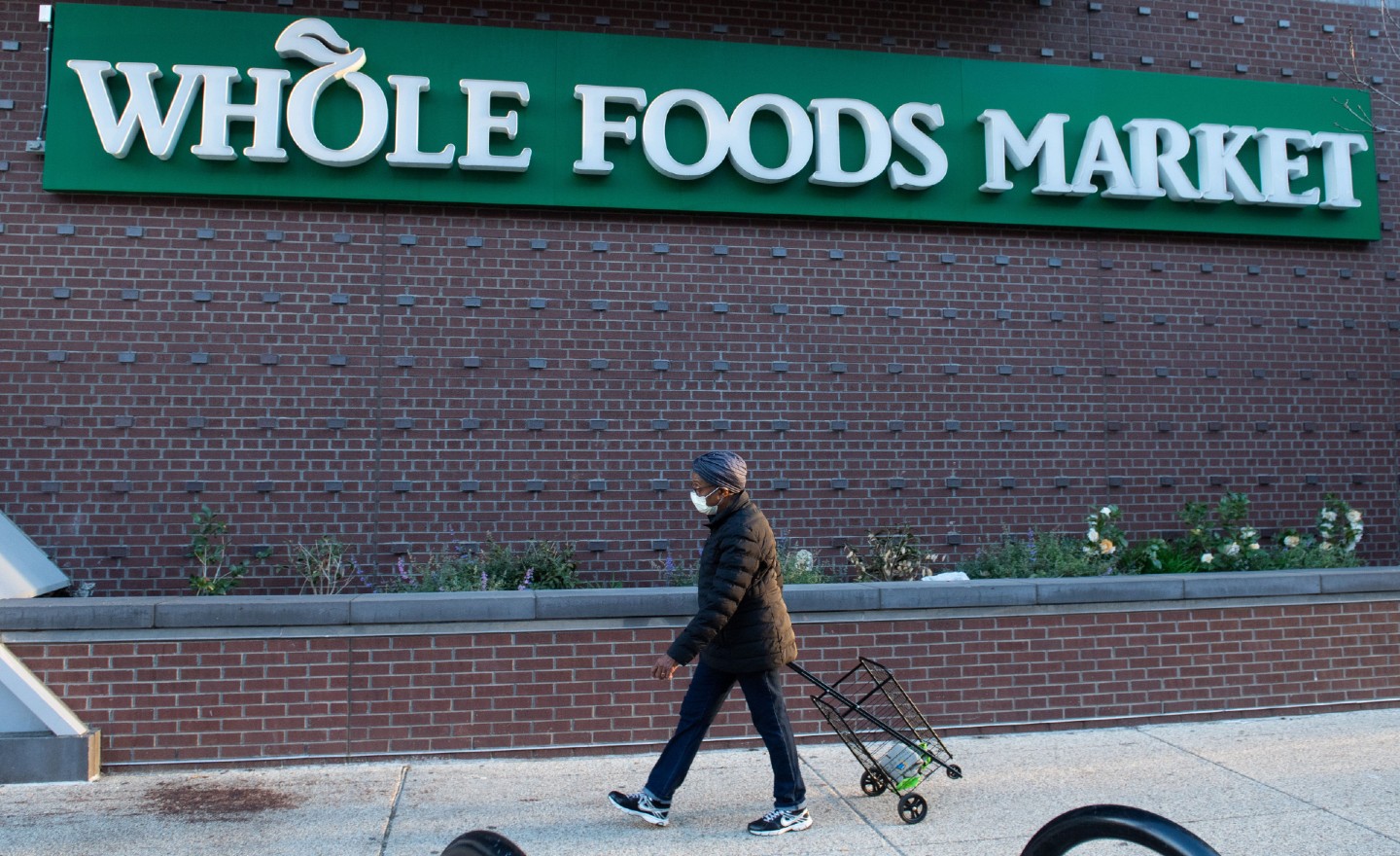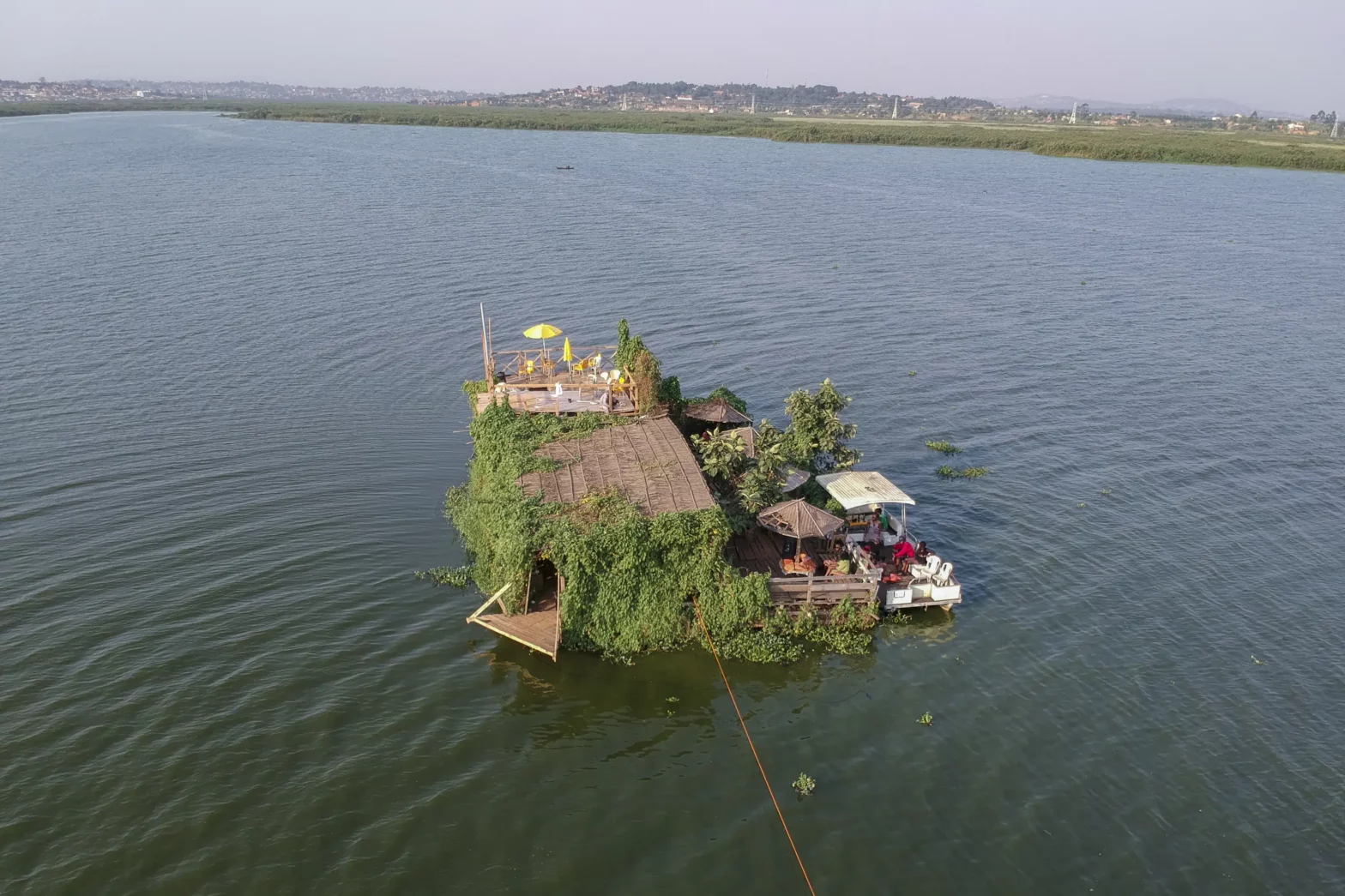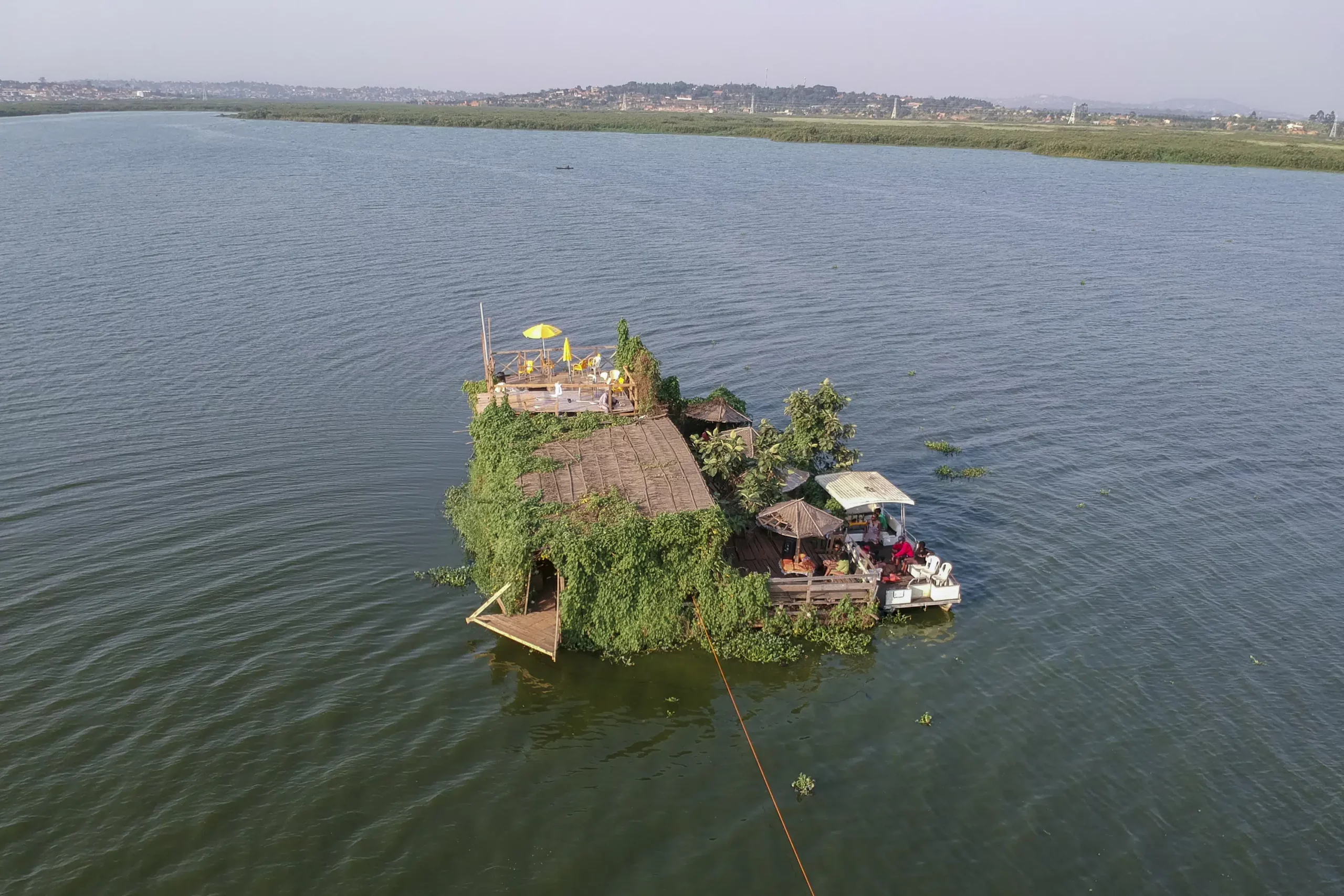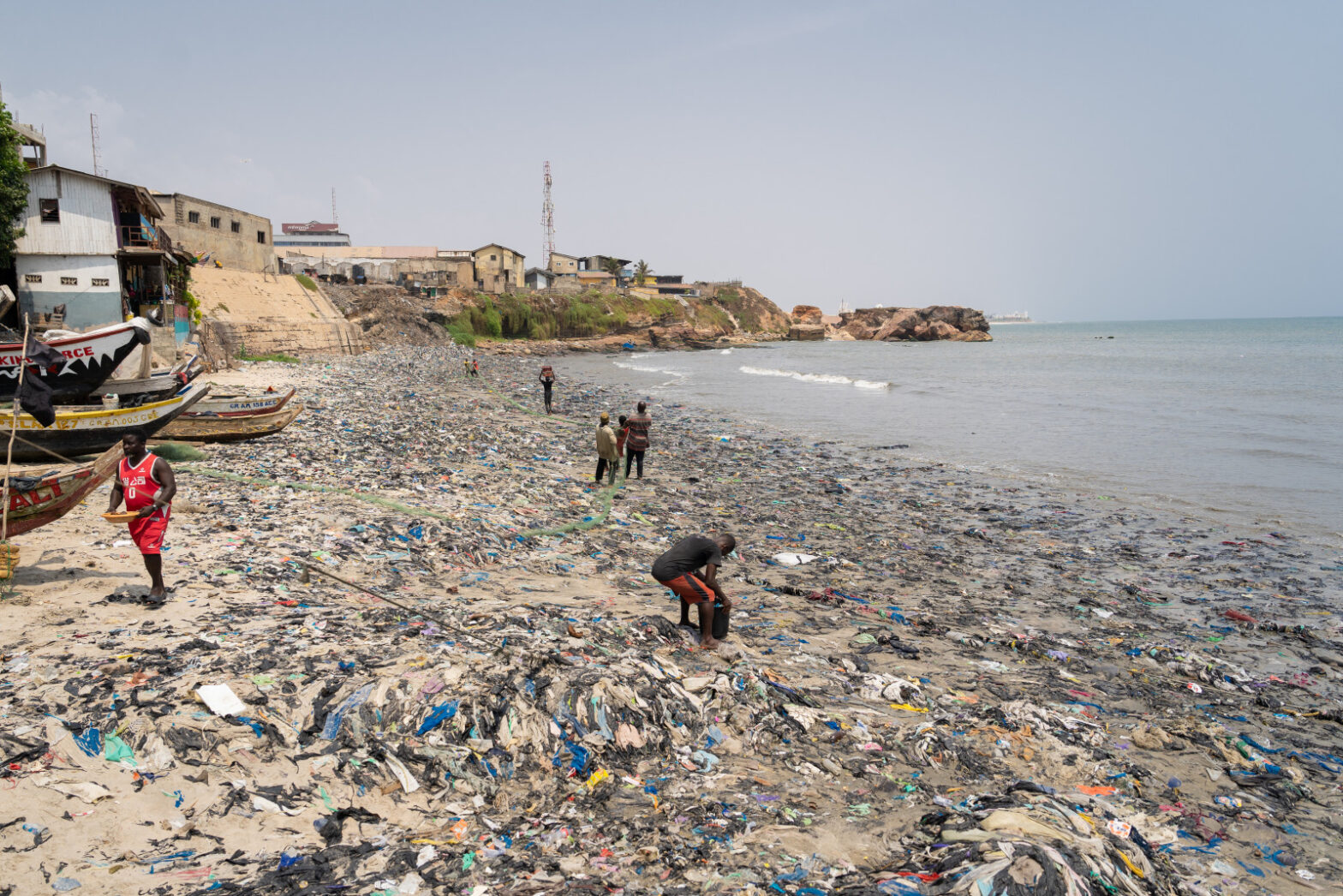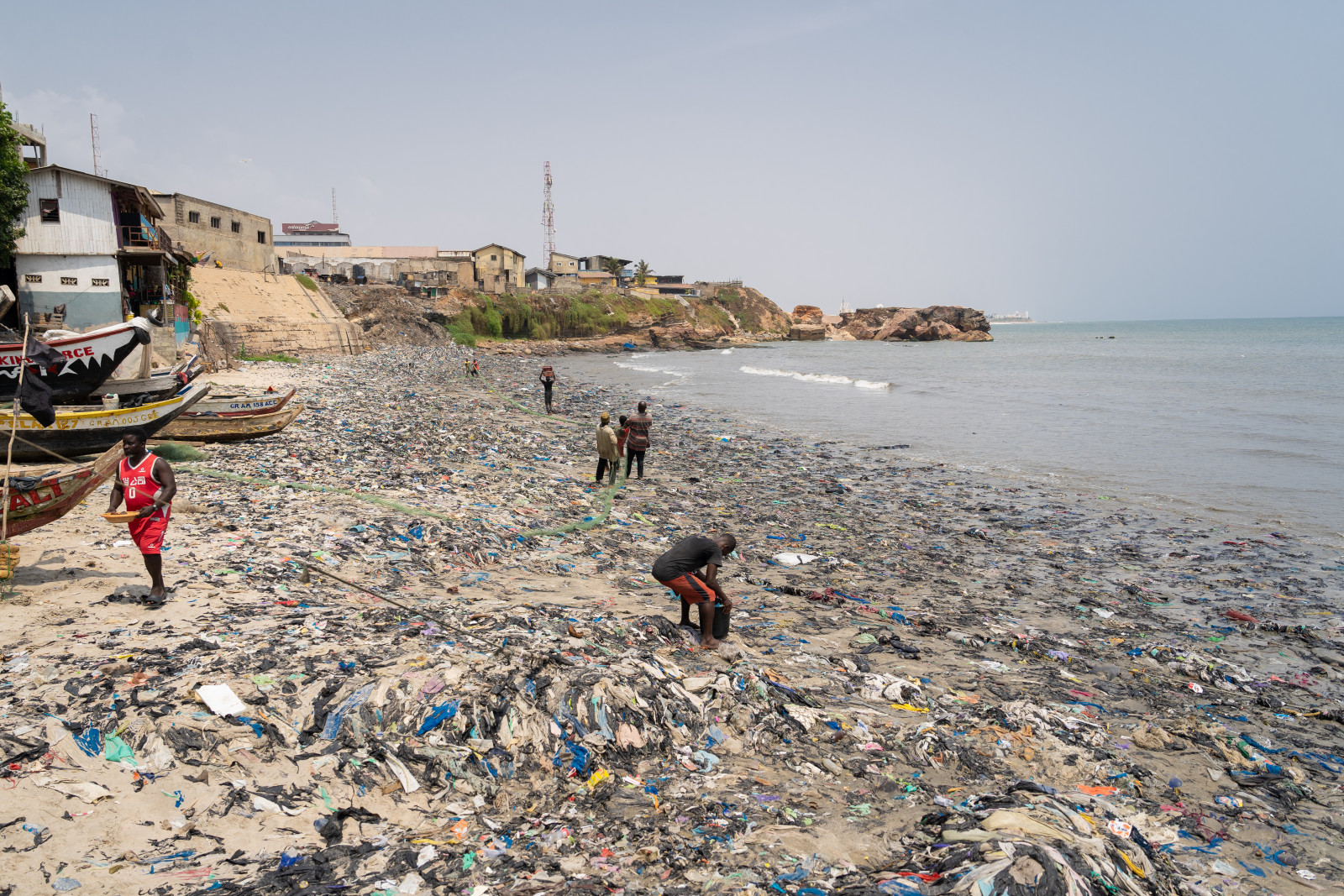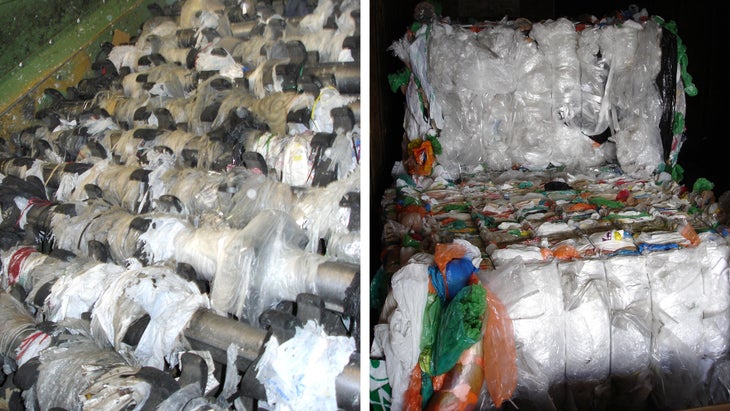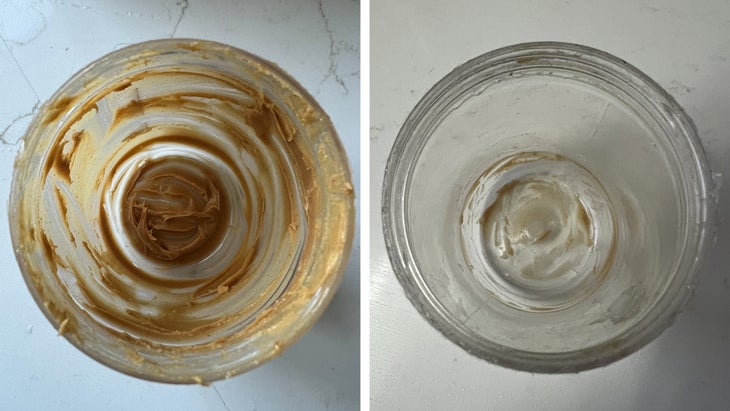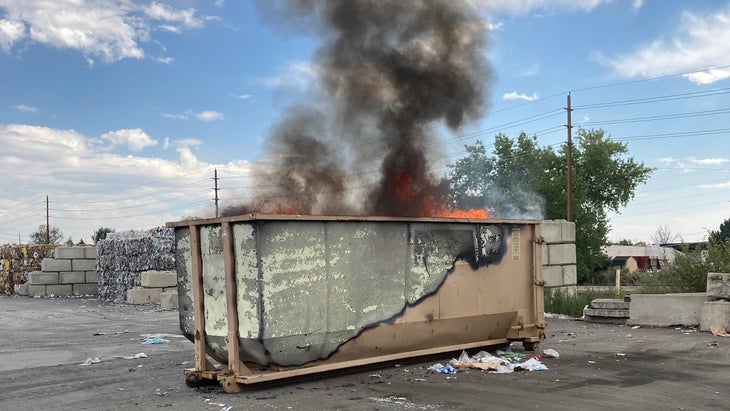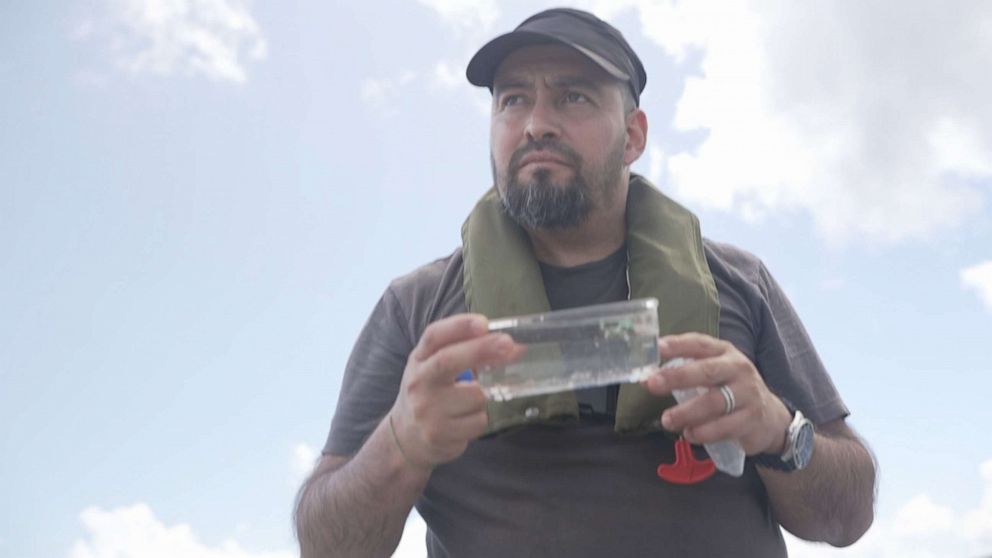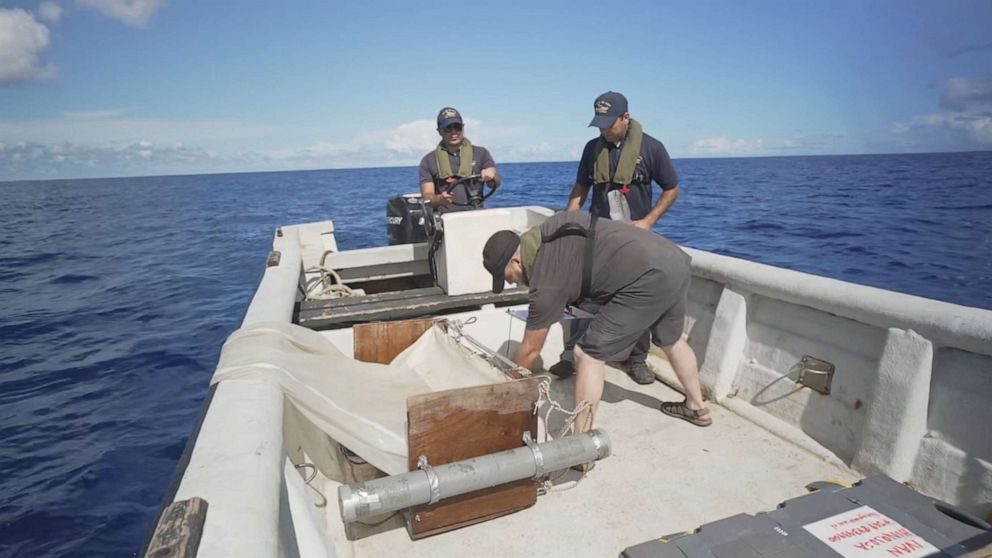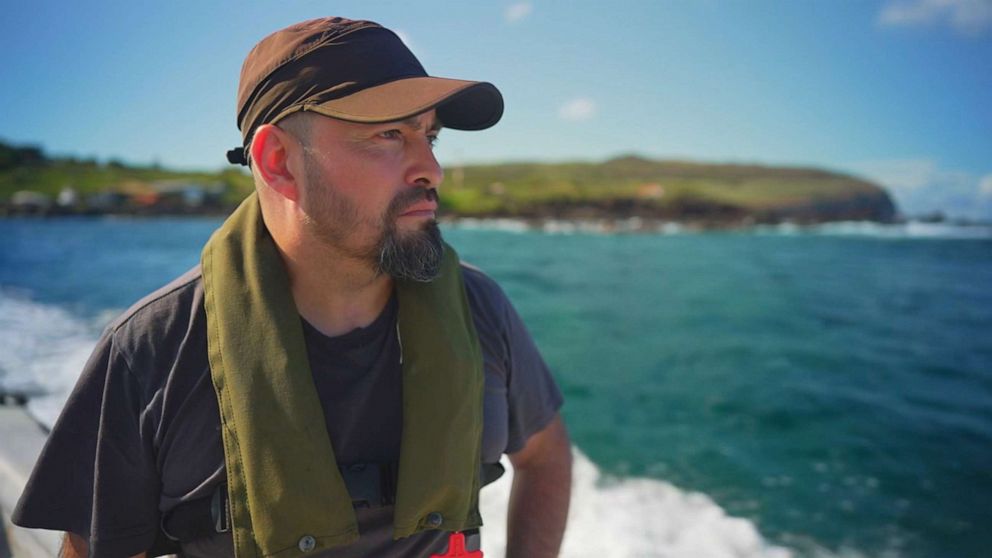How Switching to Sustainable Packaging Can Reduce Plastic Waste
Plastic usage has been a topic of major discussion in recent years, with plastic waste filling oceans and waterways around the world. A recent study found that the United States generates the highest amount of plastic waste of any country, with an estimated 287 lbs per person per year, with a significant increase since the COVID pandemic. In the US – as well as in the rest of the world – a primary source of plastic waste is single-use packaging materials, including everyday packaging like single-use food and beverage containers, as well as plastic materials from shipping. Limiting our personal plastic usage is an important step in mitigating the plastic crisis, and we can start by altering our daily choices.
In recent years, consumers and vendors alike have changed their packaging habits, taking advantage of the many options for sustainable alternatives to everyday packaging, as well as sustainable shipping materials. Biodegradable and recyclable materials have become widely available, with packaging options now extending to recyclable and recycled materials, and even plant-based plastics that will safely compost at home or in commercial facilities.
Whether you’re a business owner looking for sustainable shipping materials or you’re just looking to reduce your everyday packaging waste, read on to learn about sustainable alternatives to plastic packaging.
Table of Contents
Alternatives to Plastic Packaging: An Overview
Single-use plastic has become a major part of our day-to-day lives, with millions of pounds of waste entering landfills and waterways every year. Fortunately, there are a growing number of sustainable alternatives that are affordable and have minimal impact on the environment, including:
- PLA plastics – A type of bioplastic derived from sugarcane and corn. Unlike traditional plastics, PLA plastics do not come from fossil fuels and will naturally break down over time. This versatile material is relatively inexpensive and produces no harmful toxins when it’s burned or melted.
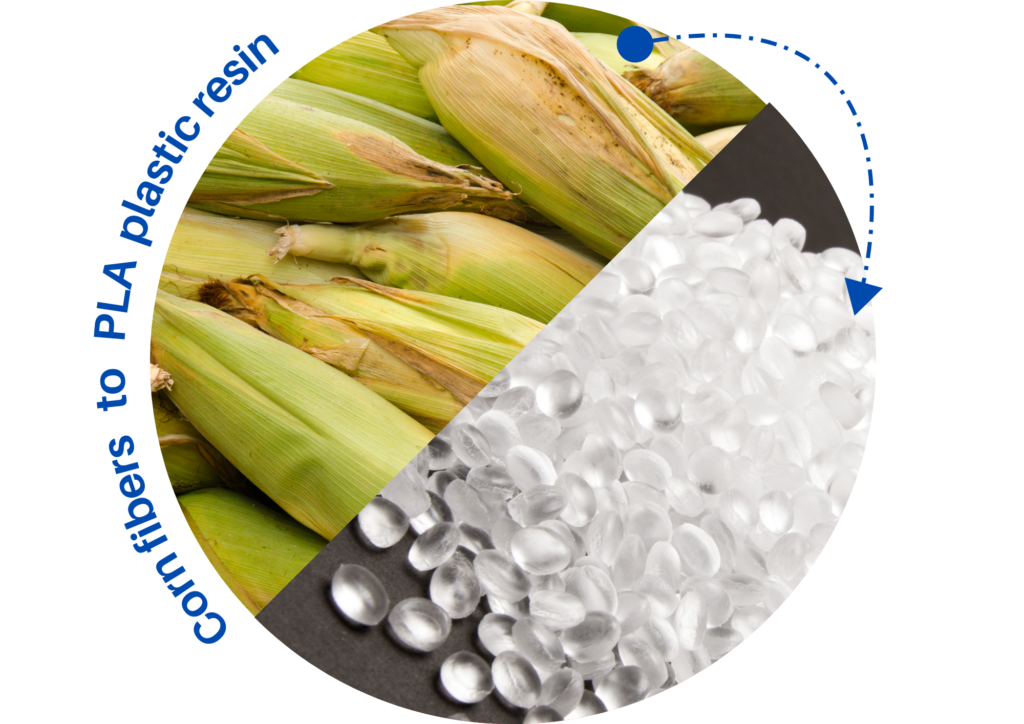
- Biodegradable fibers – Typically made from paper pulp or sugarcane, these can commonly be composted at home or in industrial composting facilities.
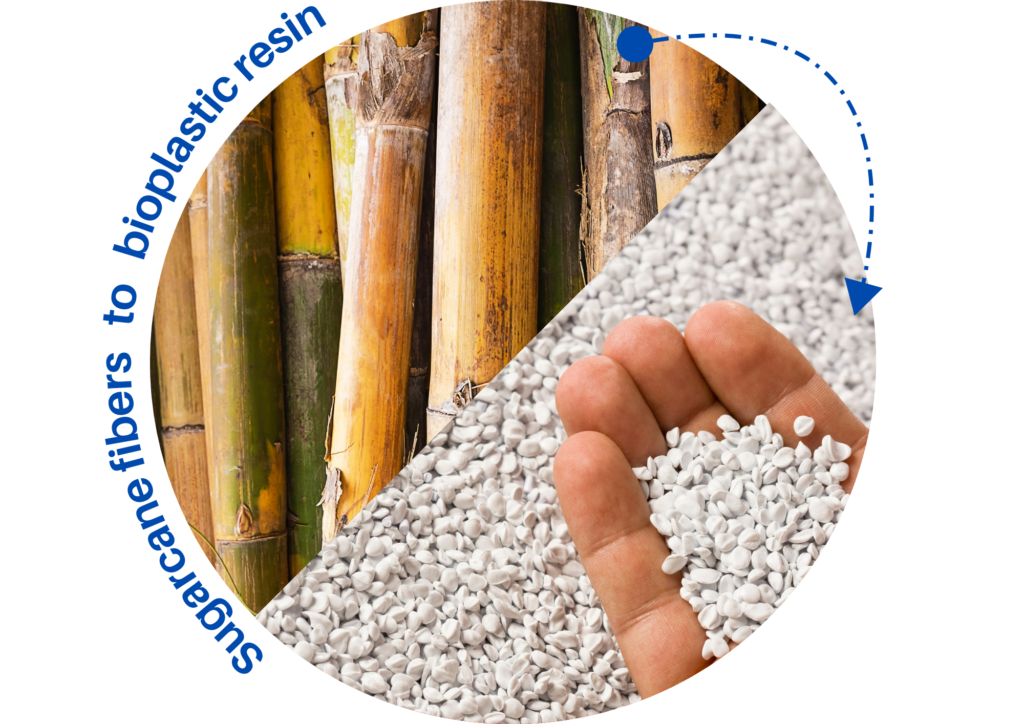
- Recyclable papers – Paper materials are becoming widely popular in shipping, replacing traditional styrofoam fillers. These can easily be recycled, and are commonly made from recycled material for minimal environmental impacts.
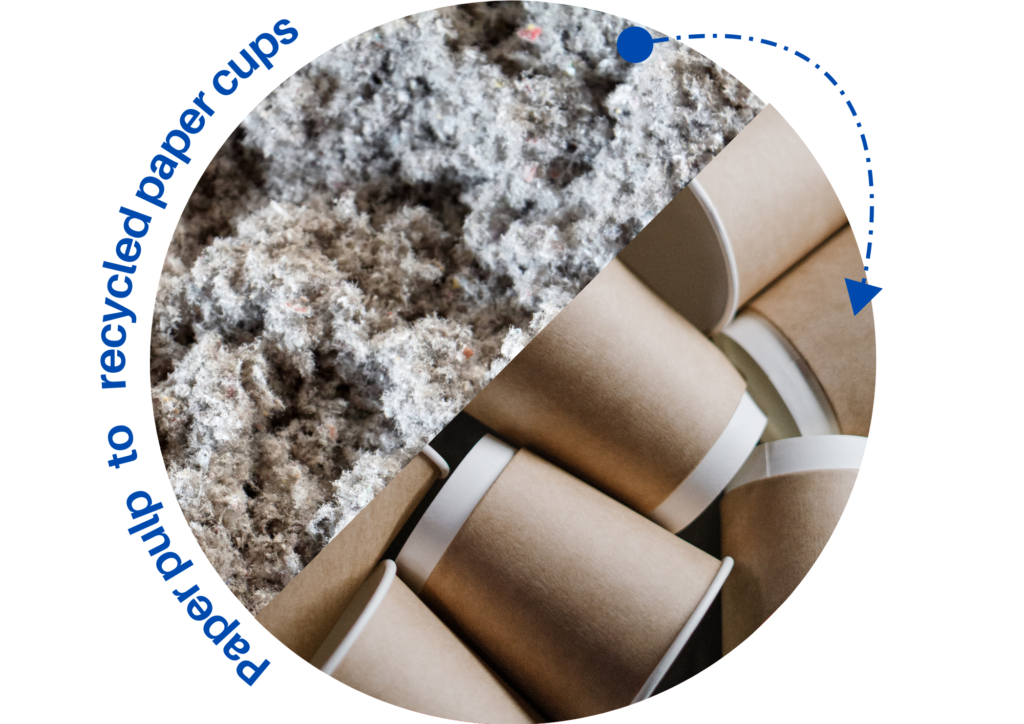
- Glass – Glass products can be recycled indefinitely and produce far less greenhouse gas emissions than oil-based products. New types of glass are also more durable and resistant to temperature changes, making long lasting products that don’t have to be replaced.
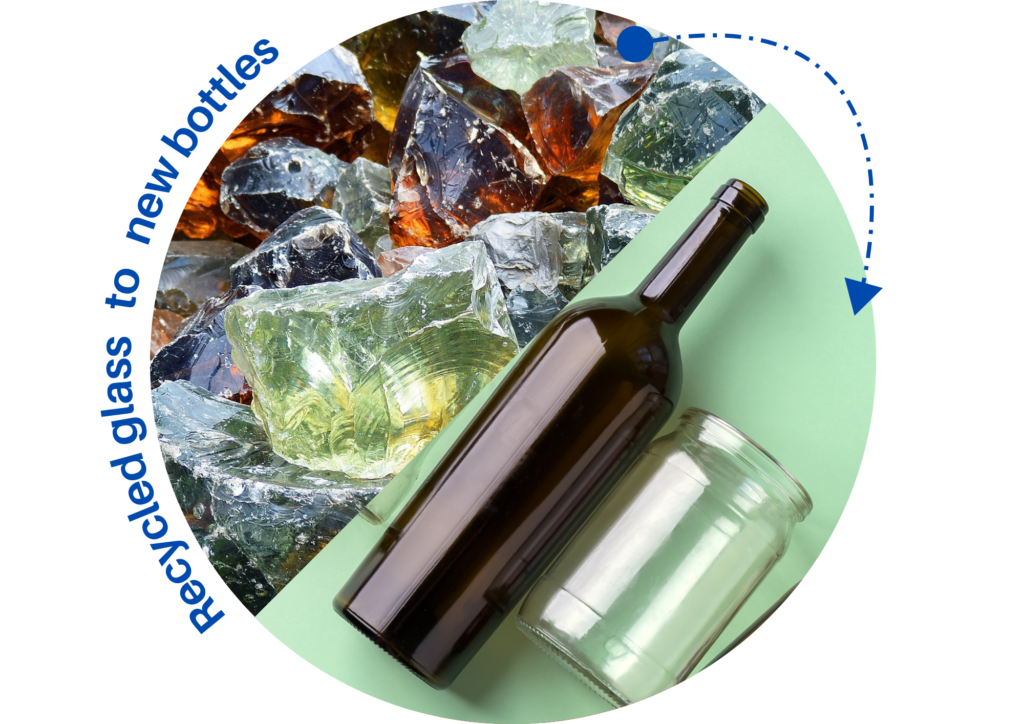
- Bamboo – Bamboo is a sturdy, versatile plastic-like material that is environmentally friendly to produce and can be composted at the end of the product’s life.
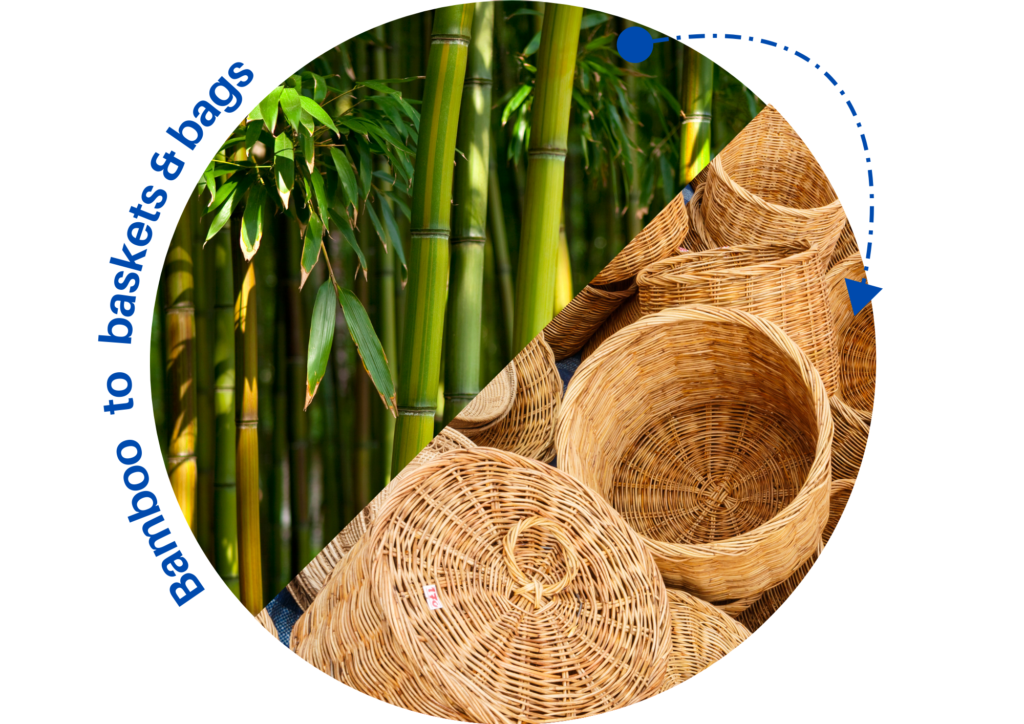
- Mushroom – Mushrooms make a versatile and fully compostable material, typically used as packaging fillers.
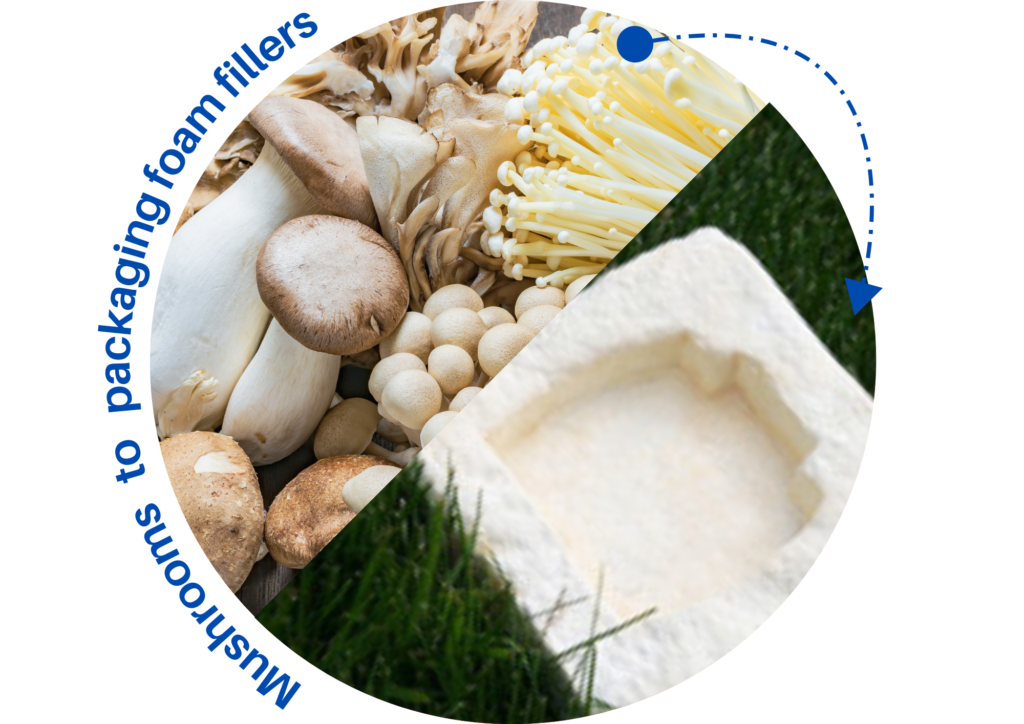
Food and Beverage Containers: Ditching the Plastic
Single-use food and beverage containers are a major source of plastic pollution, with an estimated 14.5 million tons of plastic waste generated annually in the form of beverage containers, bags, and food packaging.
Plastic packaging can be reduced in a variety of ways, from businesses to individuals and at-home to on-the-go purposes.
Reducing Plastic Packaging for Businesses
One of the best ways businesses in the food industry in particular can reduce their plastic footprint is by switching to sustainable takeout containers. While styrofoam containers have become significantly less prevalent in recent years, many restaurants still package their takeout orders in plastics. When looking for sustainable alternatives to plastic packaging, there are fortunately many options to best suit your business’s needs.
Biodegradable Papers
Biodegradable packaging is typically made from various paper and plant pulp, and can commonly be decomposed in industrial facilities or at-home composters. A major problem with recyclable plastic containers is that residual food waste can decrease their viability for recycling, even when cleaned off. However, biodegradable paper containers can be composted regardless of residual food waste.
One drawback with these materials is that they may not be as sturdy as other packaging materials. Paper pulp can be flimsy, especially when holding hot or heavy contents.
PLA and Bio-Plastics
Bio-plastics are materials sourced from plants, typically made out of sugarcane or cornstarch, that have the look and feel of traditional plastics. Unlike petroleum-based plastics, though, these materials don’t produce greenhouse gases during their production or break down into harmful residual chemicals. However, a downside of bio-plastics is that they may not always be fully biodegradable. Bio-plastics that end up in landfills rather than industrial composting facilities may never fully break down, and because these materials look the same as traditional petroleum-based plastics, many users may not know how to discard them properly.
PLA plastics, also known as polylactic acid plastics, are a type of bioplastics derived from corn, plant sugars, and resins. These produce up to 75% fewer greenhouse gases than traditional petroleum plastics during their production, and biodegrade in industrial composting facilities. Similar to other bio-plastics, this material is slow to break down in natural conditions – if at all – and needs to be sent to a facility for its disposal.
However, bio-plastics and PLA plastics are both sturdy, sustainable materials that make adequate substitutes for traditional plastic, and as they grow in popularity, their prices are rapidly decreasing.
Reducing Plastic Packaging at Home
Reducing our personal plastic consumption is an important step to reducing global plastic waste. At-home food containers can be a major contributor to plastic waste, with single-use or nondurable containers ending up in landfills. By switching to sustainable alternatives for at-home packaging, individuals can reduce their plastic consumption while simultaneously reducing their exposure to harmful chemicals commonly found in low-quality plastic containers, including:
At-home plastic reduction comes in multiple forms, including food and beverage containers, which can be produced in a variety of sustainable materials.
Read about biodegradable alternatives to plastic bags here: 5 Best Biodegradable Alternatives to Plastic Bags
Glass
Glass is a sustainble, durable material that produces far fewer greenhouse gas emissions than plastics, and can be recycled indefinitely. Glass containers with bamboo lids are growing in popularity for beverage containers like water bottles and tumblers, as well as food containers as they can withstand heat and are long lasting.
Borosilicate glass is a recently developed style of glass that is specifically designed to be resistant to thermal shock. This durable glass is perfect for freezing or reheating meals and holding hot or iced drinks, and is extremely difficult to shatter. Its durability helps it last far longer than traditional glass or plastic materials, making it perfect for those of us trying to reduce their overall consumption.
Read about sustainable alternatives to plastic water bottles here: Plastic Bottle Alternatives: Best Eco-Friendly Water Bottles
Bamboo
Bamboo is a sturdy, sustainable material that can have a look and feel similar to plastic without the harmful greenhouse gas emissions and the lasting waste. Bamboo is also biodegradable, typically in industrial composting facilities, though some products may be compostable at-home. Since bamboo plants are fast-growing and don’t require pesticides or irrigation, they’re one of the most sustainable materials in the world.
This versatile material is great for both food and drink containers. Bamboo has extremely high tensile strength, making it resistant to breakage and wearing, and it’s durable enough to hold hot or cold food and beverages for long periods of time.
Sustainable Shipping: Mailing Plastic-Free
Another significant source of plastic packaging stems from shipping materials. The sustainability of shipping materials has greatly improved in recent years, with styrofoam fillers and disproportionately large packaging largely becoming a thing of the past. However, as international shipping and consumption rates increase worldwide, it’s more important than ever to ensure our shipping materials are sustainable.
Efforts towards sustainable shipping can be taken by both businesses and individuals. With a growing popularity and awareness of sustainable alternatives to plastic packaging, finding and affording eco-friendly packaging is easier than ever. Recycled cardboard, plant-based plastic bags, and mushroom packaging are just a few of the best alternatives to plastic packaging for shipping.
Recycled Cardboard
Most packaging boxes are made of cardboard, which can easily be recycled or decomposed. However, recyclable and recycled materials can extend to other aspects of sustainable shipping as well. Recycled cardboard has become a common replacement for styrofoam packaging peanuts as void fill, which protects packages inside the box. This can also be used as a substitute for plastic bubblewrap in the form of corrugated wrap. Corrugated wrap is made from up-cycled cardboard and is great for cushioning fragile materials like bottles and glasses.
Made from organic materials, cardboards and papers can be recycled multiple times before they have to be disposed of, and are biodegradable when they reach the end of their viability.
Plant-Based Plastic Bags
If a package doesn’t come in a cardboard box, the alternative is most likely a plastic bag. Recycled and up-cycled plastic bags are a good option, but those bags will still end up in the landfill – or waterways. Luckily, there’s a growing popularity of plant-based plastic bags made from biodegradable material. These bags can be made from any number of sources, including corn starch, sugar cane, and PLAs. These quickly break down in industrial facilities, with little to no traces left in less than six months. Some can even be composted at home.
These biodegradable plastics extend to void fill as well, with many companies incorporating plant-based air pillows into their shipping.
Read about sustainable alternatives to plastic bags here: Where to Buy The Best Biodegradable Plastic Bags
Mushroom Packaging
A new innovation, mushroom packaging is becoming wildly popular as a sustainable packaging material. Mushroom packaging is made primarily out of hemp, mushrooms, and other agricultural wastes, and can be molded into any shape for the perfect package protector. This material breaks down more easily than any other sustainable material, and can be composted at home without the need for an industrial facility; in the case that this packaging winds up in the ocean, it will break down on its own in a matter of weeks.
Mushroom filler is made out of entirely natural products from agricultural waste, so no resources or excess land use is necessary to produce it, making it one of the most sustainable options available.
Packaging is a major part of our everyday lives, yet often goes unaddressed when trying to improve our plastic footprints. By making small changes in our daily plastic habits and taking advantage of new innovations for sustainability, we can significantly cut back on our personal plastic usage.


